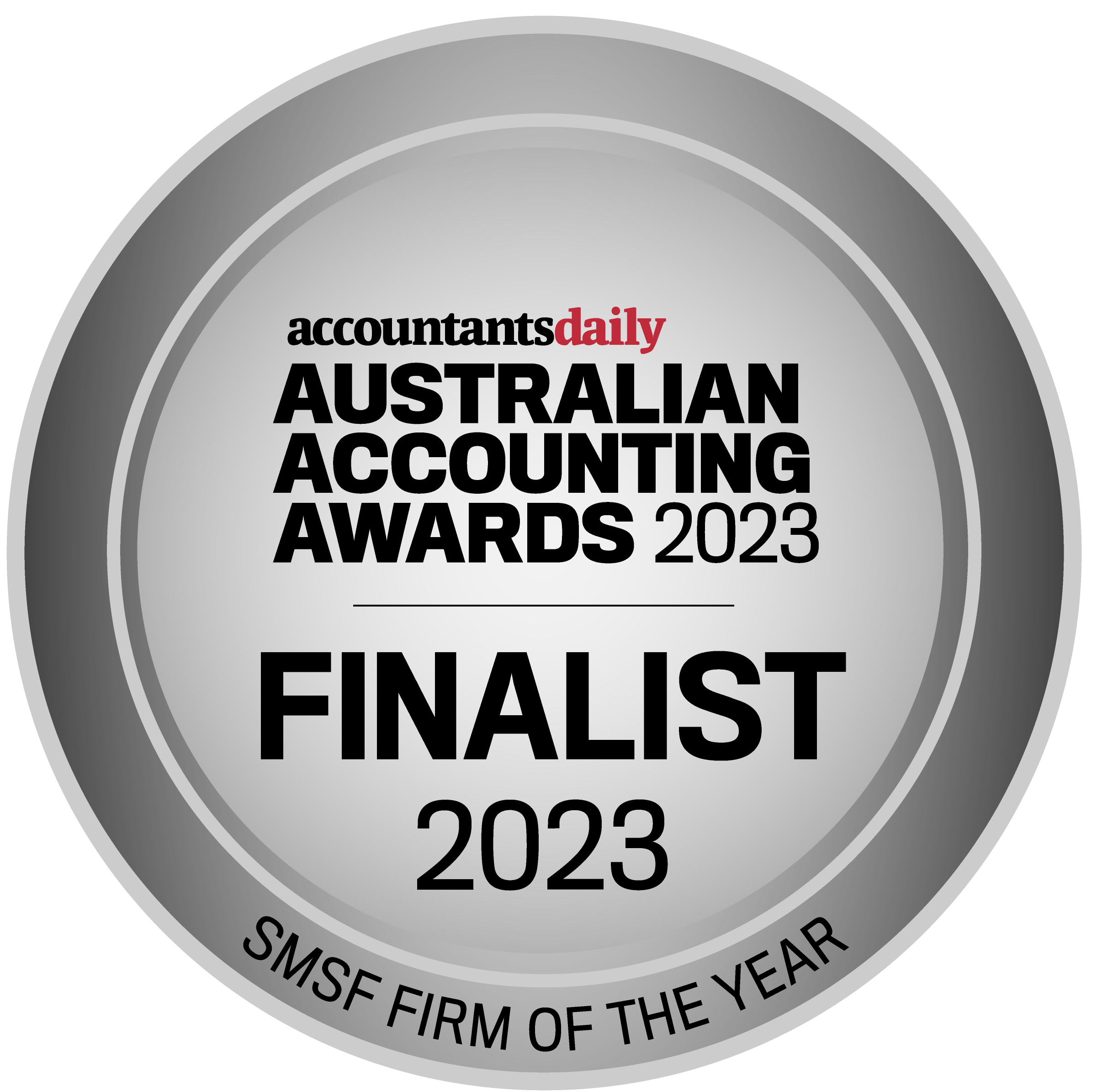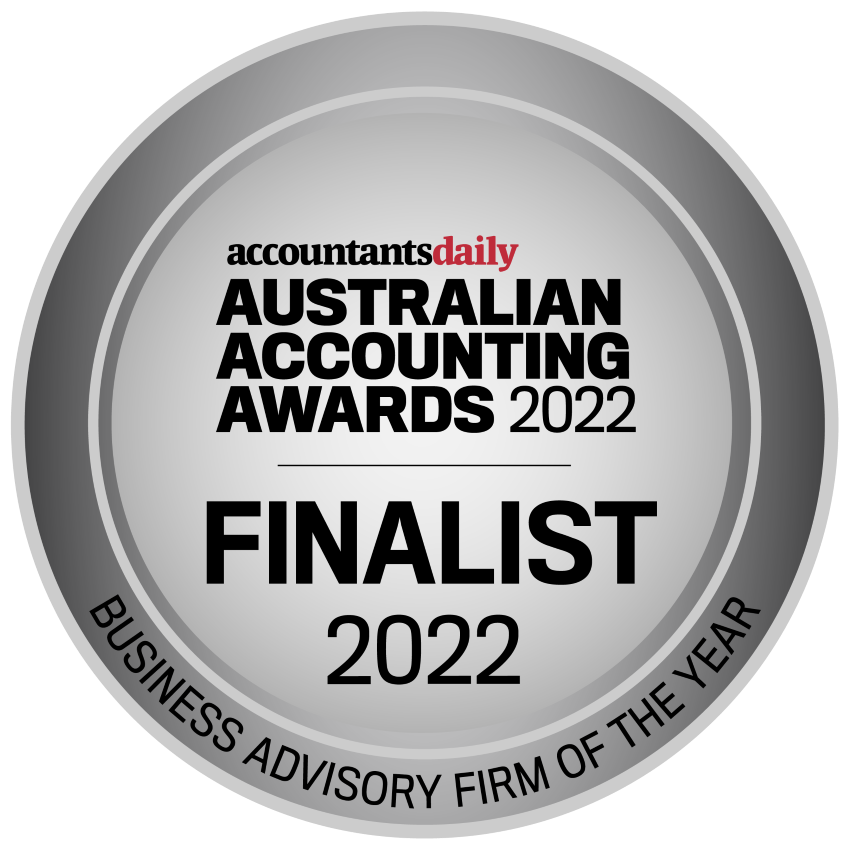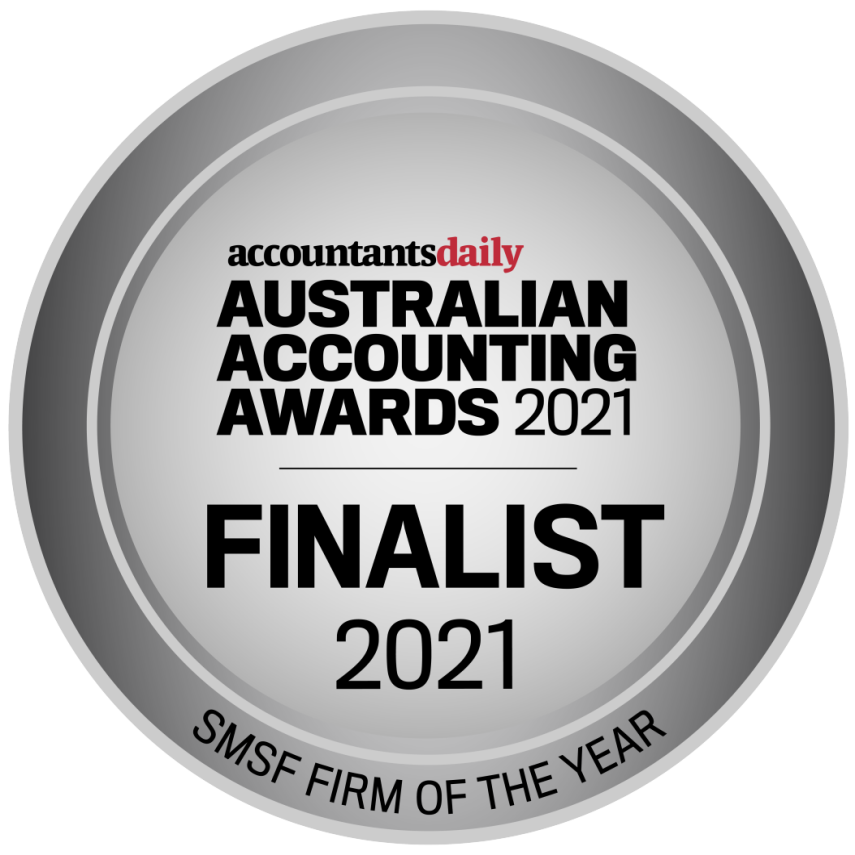We strongly recommend that an SMSF have a sole purpose corporate trustee rather than individuals as this greatly resolves succession and other issues. The up-front cost of establishing the company generally gives long-term benefits that far outweigh the upfront cost.
If we look at recent data from the Australian Taxation Office (ATO), almost 75 per cent of SMSFs have individual trustees instead of a corporate trustee. This is surprising considering the many long-term advantages from having a corporate trustee. Besides cost, some of the other considerable advantages being:
Administration of fund assets:
The title of fund assets in a SMSF must be held in the name of the trustees of the SMSF. This often means that, in the case of individual trustees irrespective of the number of trustees, all their names must feature in the title of all assets. The practical difficulties arise, say, in instances, where, changes in membership (whether due to marriage, divorce, death or adding children to the SMSF) would require changes to the names registered on the title of assets when there are individual trustees. This can be a costly and time consuming process. Moreover, practical problems can arise as share registries and broker services may not cater for more than two names or only allow a fixed number of characters on the title of an asset or on an account name, resulting in additional documentation required to verify ownership on behalf of all trustees. However for corporate trustees, recording and registering assets is a much simpler process. Since the only change that occurs in the given instance is a change in the directorship of the corporate trustee, the only action is notification to both the Australian Securities and Investments Commission (ASIC) and the ATO of the change of directors and members as the name on the assets is still the name of the corporate trustee.
Penalties:
Evidence suggests the ATO is actively encouraging SMSFs to use a corporate trustee structure through various incentives. The introduction of the new administrative penalty regime in mid-2014 can now result in an administrative penalty ranging from $850 to $10,200 for each contravention. Most importantly, the penalties are imposed on a per trustee basis. In contrast, the directors of a company are only jointly liable to one penalty per contravention. As an example, if an SMSF loan is made to a related party, and there are, say, two individual trustees, the minimum penalty are $20,400 as compared to $10,200 for an SMSF with a corporate trustee. One of the main contraventions Loans to members/related parties are consistently noted year after year by the ATO as one of the main contraventions in the 15,000 to 18,000 auditor contravention reports lodged with the ATO each year. Thus, for many SMSFs, it is not so much a question of not being subject to one of these penalties but is merely a question of when. This regime has certainly rendered corporate trustees a must for any given SMSF setup scenario.
Separation of Assets/Asset Protection:
The assets of the fund must be kept separate from any assets that the members hold in their personal capacity. In the case of individual trustees, there may be inconsistencies with the separation of assets between the SMSF and individuals, leasing to increased risks that fund assets might be intermingled with personal assets as many state jurisdictions still do not recognise the legal existence of a trust.
For instance, if Mum & Dad own several properties in their own name outside of Super, their SMSF can also own a property. Since most land titles offices only record the name of the trustee as the owner of the property and do not recognize a trust – it can be confusing to note that the asset is actually held in trust – or the true owner is the SMSF and not the individual trustees in their own right.
Succession:
Super is certainly the single largest asset for most Australians. This makes it even more imperative to have an appropriate plan for control on an SMSF after death. A corporate trustee, unlike individual trustees will continue to exist much after the member’s death. It is thus an understatement to reiterate that control of an SMSF and its assets are more easily achieved through a corporate trustee setup.
The merit of this argument is more easily explained with the help of a legal case. In Katz v Grossman [2005] a family relationship between a brother and a sister was jeopardised as a result of the sister being admitted (along with the father) as a co-trustee on her mother’s death to satisfy the SMSF trustee-member rules. The sister used this power on her father’s subsequent death to pay herself approximately $1.2 million of his death benefit.
The mess could have easily been avoided if a corporate trustee had been appointed with the father gifting an equal number of shares (in the corporate trustee) to each child via his will. In addition, the father could have left a binding death benefit nomination (‘BDBN’) paying his death benefit to his deceased estate (ie, his executor as legal personal representative (‘LPR’)).
Currently, with so many SMSFs with individual trustees managed by mums and dads with children who are waiting in line for succession, Katz v Grossman is a great example to discuss to encourage families to commence their SMSF succession planning. Thus, in summary, a corporate trustee is an essential step in the process of SMSF succession planning.











